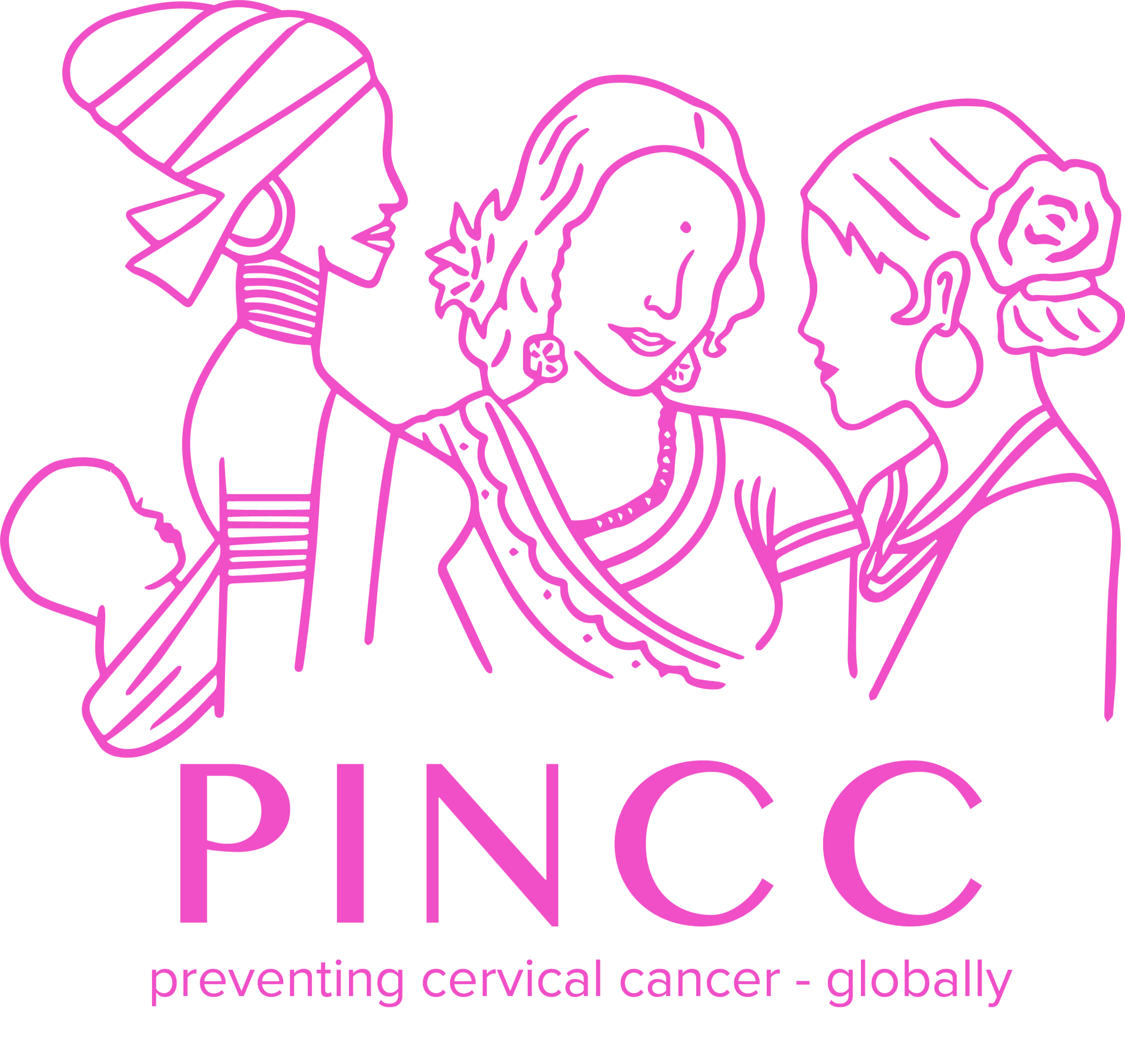“ONE WOMAN DIES OF CERVICAL CANCER EVERY TWO MINUTES…EACH ONE IS A TRAGEDY, AND WE CAN PREVENT IT.”
— DR. TEDROS ADHANOM GHEBREYESUS DIRECTOR-GENERAL, WORLD HEALTH ORGANIZATION
Many women in low-and-middle-income countries across the globe face adverse circumstances beyond their control, including not having access to quality medical services. Cervical cancer is the number one cause of cancer-related death for reproductive-age women in countries where adequate screening and treatment are not available.
What is Cervical Cancer?
The only cancer that is 100% preventable. It is can also be cured if detected early and properly treated. Cervical cancer is a type of cancer that occurs in the cells of the cervix — the lower part of the uterus that connects to the vagina.
Hope for women comes from education about women’s reproductive health and early and often screening. Cervical cancer is one of the most successfully treatable forms of cancer, as long as it is detected early and managed effectively. A diagnosis of cervical cancers in late stages can also be controlled with appropriate treatment and palliative care.
With global initiatives and culturally relevant comprehensive approaches to reach women in rural areas, prevention, screening, and treatment of cervical cancer, we can eliminate a public health crisis within a generation.
Global Impact
Cervical cancer is a global crisis impacting women and their families across the world – especially in low-and-middle-income countries (LMIC). Women are the primary source of income and stability in LMICs. Without women, their families, communities and the world economy suffer. Here are the facts:
In 2020, an estimated 604,237 women were diagnosed with cervical cancer globally.
Cervical cancer killed an estimated 341,843 women in 2020.
Nine in ten cervical cancer deaths (90%) worldwide occurred in low-and-middle-income countries, where resource barriers drastically reduce access to prevention, screening, and treatment services.
Cervical cancer is the most common cancer among women in 36 low-and middle-income countries, mainly in sub-Saharan Africa.
As of 2020, less than 25% of low-income countries have introduced the HPV vaccine into their national immunization schedules compared to 85% of high-income countries.
Today, more women are dying of cervical cancer than are dying in childbirth.
A woman living with HIV is six times more likely to develop cervical cancer than her HIV-negative peers.
HPV
Various strains of the human papillomavirus (HPV), a sexually transmitted infection, play a role in causing 99% of cervical cancer cases. Cervical HPV is the most common sexually transmitted infection.
When exposed to HPV, a woman’s immune system typically prevents the virus from doing harm. However, in some women, the virus survives for years (5 - 10 years), causing some cells on the surface of the cervix to divide and grow abnormally, resulting in cancer cells. HPV infection usually has no symptoms causing the healthy cervix to silently progress into cervical cancer in 10 - 15 years.
You can reduce your risk of developing cervical cancer by having early and often screening tests and receiving a vaccine that protects against HPV infection.
90-70-90 Strategy
In 2020, the World Health Organization launched its Global Strategy to Accelerate the Elimination of Cervical Cancer as a Public Health Problem, with three targets to guide prevention programs. Commonly referred to as the 90-70-90 target, which must be met by 2030 for countries to be on the path toward cervical cancer elimination.
Vaccinate 90% of girls against human papillomavirus (HPV) by age 15
70% of women are screened with a high-performance test by 35 years of age and again by 45 years of age
90% of women identified with cervical disease receive treatment (90% of women with pre-cancer treated and 90% of women with invasive cancer managed).
How does PINCC align with the Global Elimination Strategy?
Through the medical expertise of Dr. Miskell, PINCC specializes in screening and treating efforts to train local health care personnel on prevention and treatment.
Screening is carried out through culturally specific education to mobilize communities to participate in visual inspection with acetic acid (VIA) and HPV testing. VIA is a diluted solution of acetic acid (vinegar) applied directly on the surface of the cervix. If there are any abnormal cells, they appear white in color and are easily identified for treatment. HPV tests collect cells of the cervix and vaginal walls with a special brush and then placed inside a small vial containing a solution to be run by PINCC trained laboratory technician. The patients can be informed of the results via SMS in as little as 2 hours from testing.
Treatment of pre-cancerous lesions is made possible in even the most rural areas of the world with the use of Thermal ablation. Thermal ablation uses a portable thermal ablation device that destroys the transformation zone at temperatures in the 100°C to 120°C range. If there are high-grade lesions, meaning a more advanced stage of cervical dysplasia, another form of treatment takes place. Loop electrosurgical excision procedure (LEEP) is a treatment method used when the advanced lesion is removed from part of the cervix. LEEP requires local anesthesia.
Sources:
Sung H, Ferlay J, Siegel RL, Laversanne M, Soerjomataram I, Jemal A, Bray F. Global cancer statistics 2020: GLOBOCAN estimates of incidence and mortality worldwide for 36 cancers in 185 countries. CA Cancer J Clin. 2021 Feb 4. doi: 10.3322/caac.21660. Epub ahead of print. PMID: 33538338.
Global Cancer Observatory. Cervix uteri (Fact Sheet). January, 2021.
“Cervical Cancer: Caring for Life, Giving Hope: Liger Medical Global.” Liger Medical. https://www.ligermedical.com/cervical-cancer/.
World Health Organization. (n.d.). Cervical cancer. World Health Organization. Retrieved from https://www.who.int/health-topics/cervical-cancer#tab=tab_1
World Health Organization. (2020). Global strategy to accelerate the elimination of cervical cancer as a public health problem. World Health Organization. from https://www.who.int/publications/i/item/9789240014107
WHO Guidelines for Screening and Treatment of Precancerous Lesions for Cervical Cancer Prevention. Geneva: World Health Organization; 2013.

